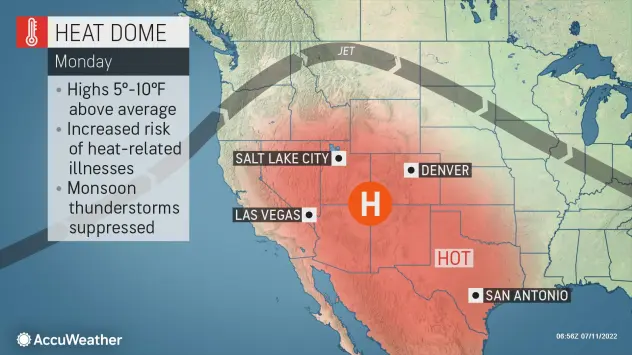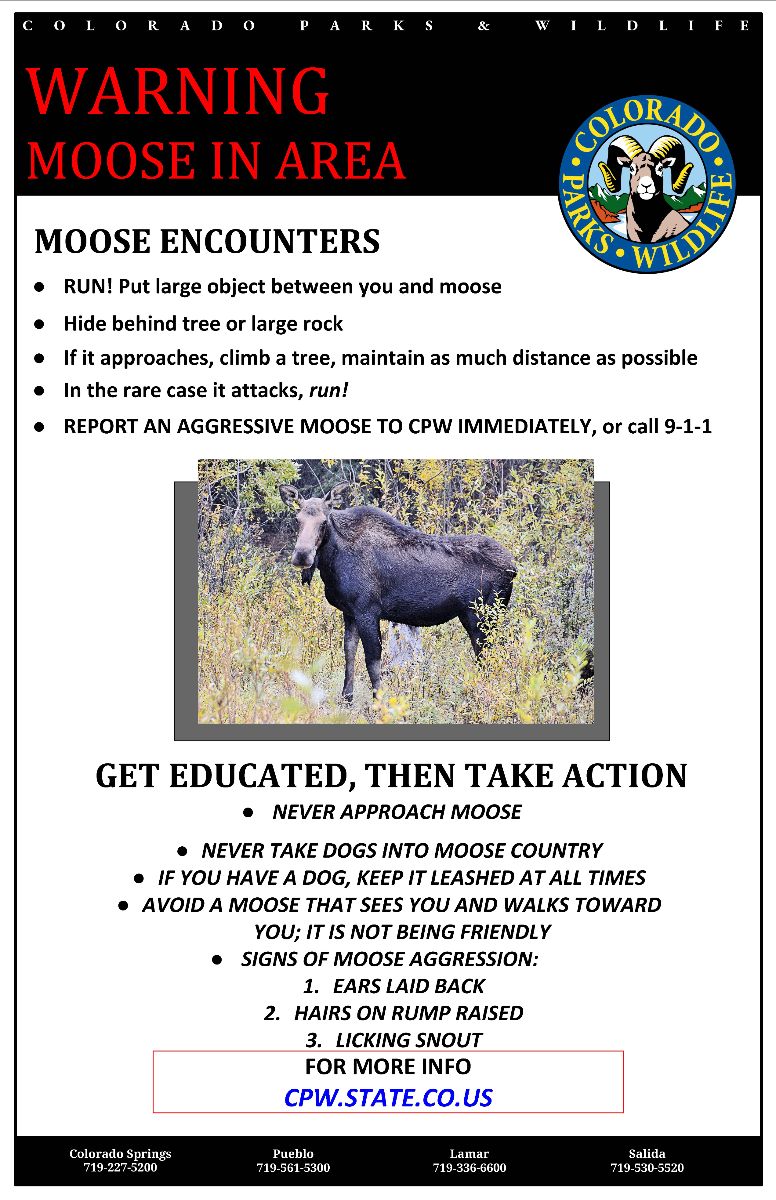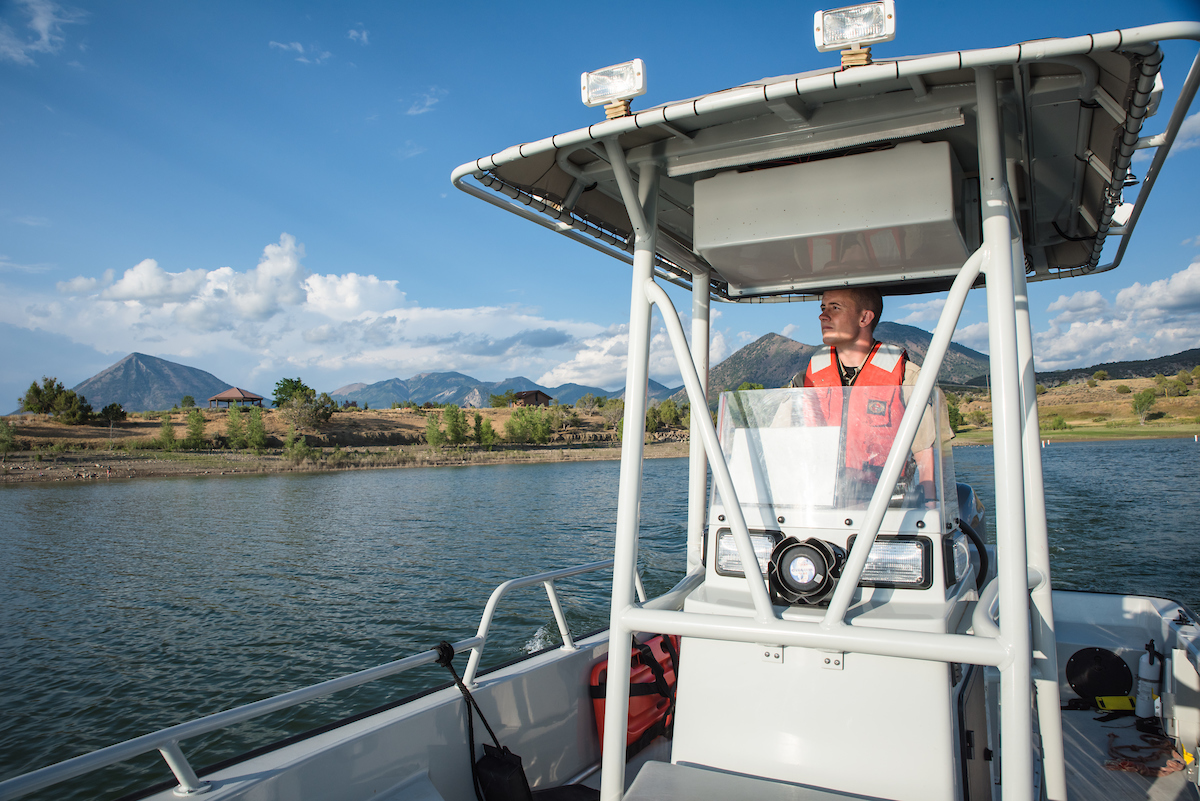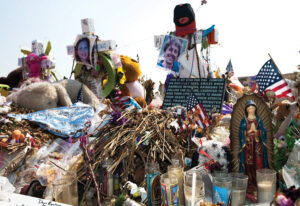
By DAVE PERRY, Sentinel Editor
Ten years is not long enough.
A decade after James Holmes unleashed a new kind of horror on July 20, 2012 in Aurora, when he killed 12 people and physically maimed dozens more in the Aurora theater shooting, the anguish simmers just under the surface, surprising me still.
Time, as it turns out, does not heal all wounds.
That became apparent over the past few days as we collected our thoughts, memories and interviews into a package of material marking 10 years after the massacre. Calling it an “anniversary” seems obscene to me, like so many things have become after that day and the years since.
This recollection marks the 1,413th story filed by The Sentinel about the shooting, since that day. It’s been mountains of words and photographs that never seem to suffice.
I didn’t realize how close to the surface those July 20 emotions remain for me until I was talking with Heather Dearman last week about events planned for the decade commemoration. Neither of us made it through our brief conversation before we tried to keep on in choked-up voices.
Dearman’s cousin, Ashley Moser, was gravely injured during the shooting. Her daughter, Veronica, just 6, was killed. Since the shooting, Dearman has been an iconic force in creating the city’s stunning memorial to the shooting victims. She helps orchestrate events each year that focus on allowing everyone to heal in their own way, or in any way possible.
I don’t think that’s possible for me.
I first realized that during a journalism conference several years ago. I was on a panel focusing on how newsrooms handle disaster stories. Sadly, Colorado newsrooms have had plenty of experience with calamities over the years. Things like wildfires and other disasters seem to regularly turn a host of Colorado newsrooms into something akin to war rooms.
My fellow journalists talked about the grueling hours that follow disasters. This, in an industry that already mercilessly blurs the professional and personal lives of all its disciples.
As disaster unfolds, reporters deal with information blockades, unrelenting tension and in some cases, fear. Colorado journalists are a storied lot, regularly involved in the kind of events that make reporters’ hearts quicken and people draw near.
On July 20, 2012, as the police scanner was crackling in the dark newsroom when I shuffled in, I knew the drill.
In the almost 30 years I’ve been doing this, I’ve had too many occasions to wallow in the funk of death. Traffic deaths. Shooting deaths. Deaths from disease. Death from weird accidents. Deaths from war. The stench of death hangs on people and places like mildew. It never ceases to be offensive or less shocking.
In time, it fades but never completely goes away.

Dealing with death as a journalist is like being part of a show. I couldn’t possibly pose questions to a parent who’s lost their son in battle or a lake drowning — for the sake of a story. But I have often portrayed a reporter who could and did.
Many times I have played the journalist horrified by the details of a calamity but still write a story or flesh out details, like with the Aurora Chuck E. Cheese’s shootings, or the 1998 Labor Day massacre and the Columbine massacre.
I’ve raced around death unfazed to make changes in style, in fact, and on time. Sometimes, after playing the part of the stolid reporter, I’ve made morbid banter about the situation or simply looked past the grisly reality, only to toss around tough talk later on.
July 20 was like nothing I’ve ever encountered in so many ways. The shocking proximity and sheer gruesomeness of the massacre came close to being overwhelming, but it wasn’t. That came later.
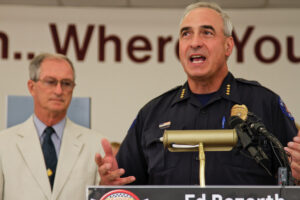
The newsroom that day wasn’t a cacophony of commands and movie cliches. It was fearsomely silent. With clenched jaws and darting eyes, about 15 of us scrambled to relay layers of horror as they unfolded at the theater, at Holmes’ apartment and his former school on Anschutz.
Despite the complexity of covering the event, the chaos, the magnitude of the horror, and the endlessly ringing phones, we all stayed in character. Staffers at The Sentinel gave flawless performances of journalists under the gun.
No doubt we all carried off mountains of anguish from the task of wallowing in the stench of so much atrocity and death for so long, but relief in the form of a few stolen sobs, a lot of deep breaths and a little restless dozing made the show possible for endless hours when no one left.
And then days went by. Victims’ stories turned into obituaries. Then weeks passed and the details about guns, insanity, donations and the crime scene turned into another court story. Time, so it seemed, had grown over the raw fear and pain from my role as a newspaper editor in one of those places where these kinds of things happen. We spend every day for months covering the gruesome and grueling trial.
I confused being numb with being healed.
So I was taken aback when I picked up my cue at a conference and launched into my lines about what happened in Aurora, in our newsroom.
Without warning, it was July 20 again. It was kids we knew crawling away from a ferocious gunman across dead bodies and pools of blood in a smoky dark theater just steps from our newsroom. It was cops I knew who dragged dying kids the same age as my daughter to chaotic emergency rooms in a scene reserved for wars or terrorist attacks.
It was Tom Sullivan’s face at Gateway High School, just hours after the shooting. He and his family raced to the front of the school, choked with people sent there by police and families desperate to find their loved ones. Tom was frantically waving around a photo of his son, Alex. He was near hysteria with fear and agony, begging anyone in the crowd who recognized Alex to tell him where he was and if he was alive.
He wasn’t.
When people talk about how awful mass shootings are, you will never know how truly ghastly these calamities are unless you’re a victim of the atrocity, or you encounter someone like Tom Sullivan as it unfolds. He was nearly destroyed that day when confronted with having lost a child to such an atrocity. Tom was among the courageous from that day and went on to become a state lawmaker. He’s worked tirelessly to stop more days like July 20.
Tom’s face, the crowd of petrified people, the makeshift memorial, it all just reappears. It’s too much, too close, too fast.
I couldn’t stay in character, and I had to frequently stop talking to keep it together as I relayed the oppressive grief, anger and horror each of us here at The Sentinel endured for days, then weeks and now years. Even as I write this, I still can’t play the journalist part for this scene. I don’t want to.
Ten years later, it’s the same.
I can’t tell you how disheartening it’s been to discover that my fail safe, the one thing I think we’ve all counted on, is a myth. Time does not heal all wounds. Not this one. Not yet.

Photo by PHILIP B. POSTON?Sentinel Colorado
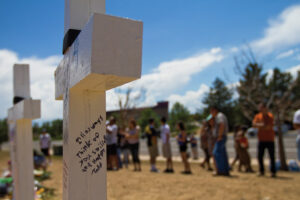
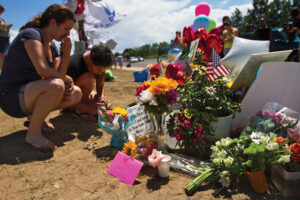

Photo by PHILIP B. POSTON/Sentinel Colorado
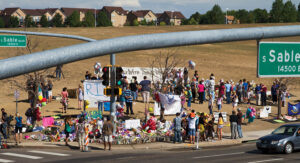
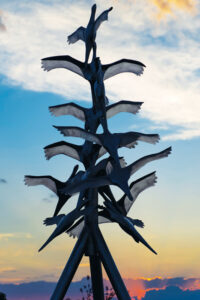
Photo by PHILIIP B. POSTON/Sentinel Colorado
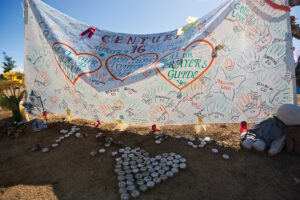

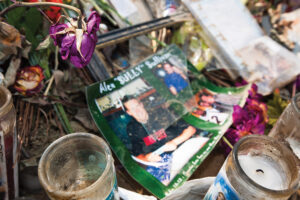

—-
Follow @EditorDavePerry on Twitter and Facebook or reach him at 303-750-7555 or



